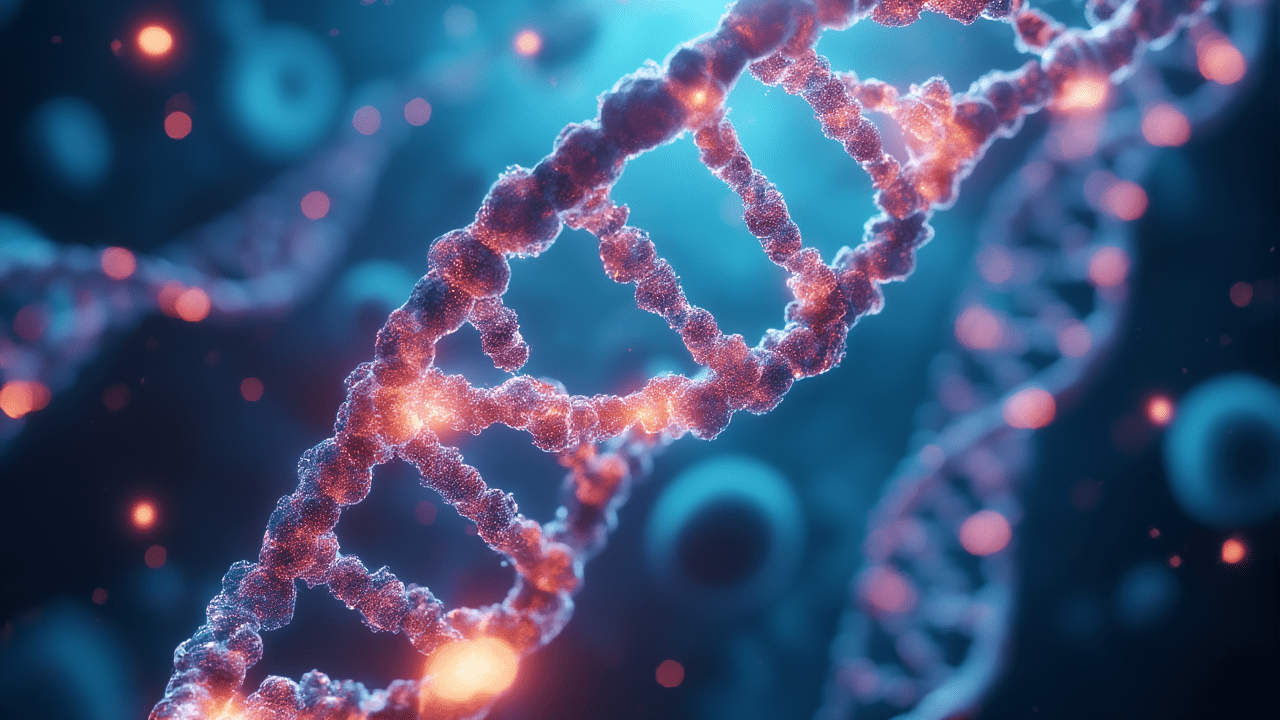Imagine, if you will, a secret instruction book, incredibly tiny, yet containing all the directions needed to build and operate something as complex as a human being. This book exists within each of us, and it’s called DNA.
Now, if DNA is like a single page of instructions, then your genome is the entire library – every single instruction, every gene, every tiny detail that makes you, well, you.
For centuries, this instruction book remained largely unreadable. But then, in 1990, an ambitious international scientific quest began: The Human Genome Project. Its mission? To read, map, and understand every single ‘letter’ of the human instruction book.
It was a massive undertaking, involving thousands of scientists across many countries, spanning 13 years and costing billions of dollars. They worked tirelessly to sequence those three billion DNA building blocks, base by painstaking base.
By 2003, they had largely completed the first draft of the human genome. One surprising discovery? Humans have fewer genes than initially thought, around 20,000 to 25,000. And incredibly, 99.9% of our DNA is identical from person to person; it’s that tiny 0.1% that makes each of us unique!
This ‘map’ of our genome has revolutionized medicine and biology. We’re now better equipped to identify genes linked to diseases like cancer and Alzheimer’s, develop targeted therapies, and even create ‘personalized medicine’ tailored to an individual’s unique genetic makeup.
The Human Genome Project wasn’t just about finishing a map; it was about opening up an entirely new frontier of scientific understanding. It fostered unprecedented global collaboration and pushed the boundaries of technology, continuing to shape our future in health, research, and our understanding of what it means to be human.

